ActiveOutdoorsOuterwearIs Columbia’s OutDry Extreme the best waterproof-breathable material that no one is using?ODX hasn’t revolutionised the outdoor apparel world in the way its creators expected it to – but that could be about to change…When you purchase through links on our site, we may earn an affiliate commission.Here’s how it works.
ActiveOutdoorsOuterwearIs Columbia’s OutDry Extreme the best waterproof-breathable material that no one is using?ODX hasn’t revolutionised the outdoor apparel world in the way its creators expected it to – but that could be about to change…When you purchase through links on our site, we may earn an affiliate commission.Here’s how it works.
ODX hasn’t revolutionised the outdoor apparel world in the way its creators expected it to – but that could be about to change…
When you purchase through links on our site, we may earn an affiliate commission.Here’s how it works.
(Image credit: Pat Kinsella)
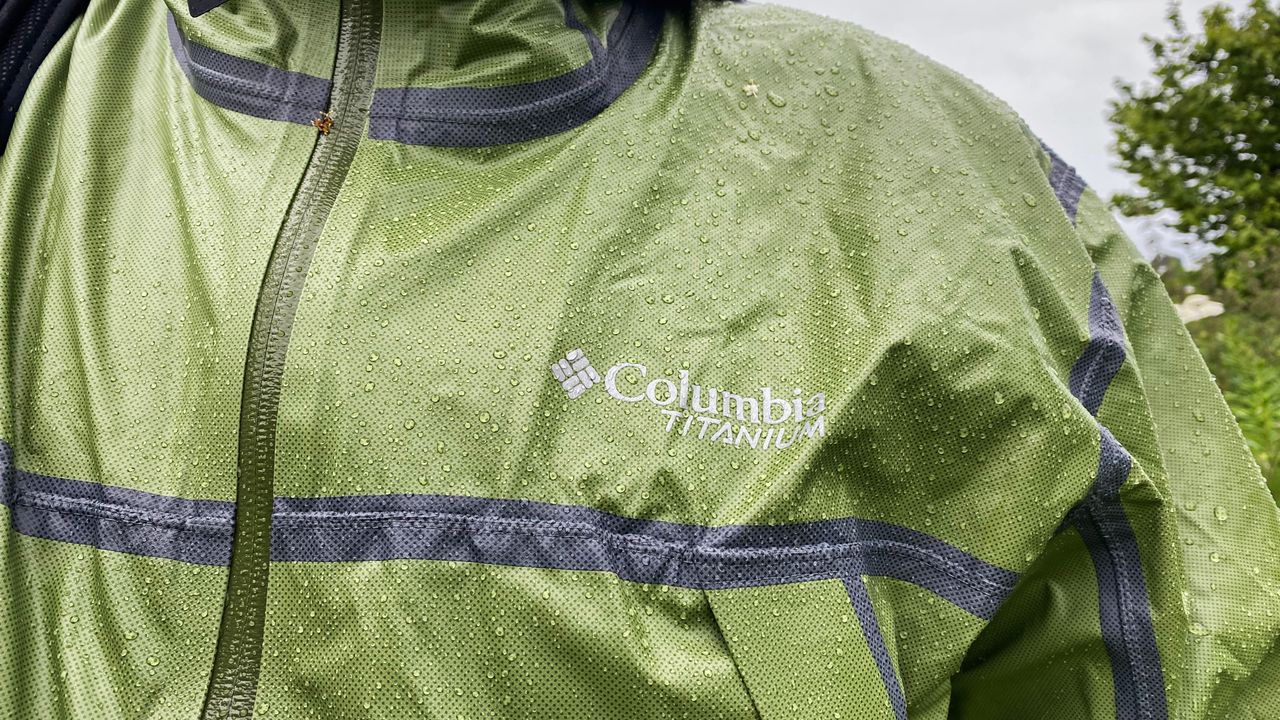
(Image credit: Pat Kinsella)
When Columbia launched it’s new OutDry Extreme (ODX) range in 2016, the American brand had high hopes for the impact their radical new approach to waterproof-breathable apparel would have on the outdoor active world. It is, as Haskell Beckham – Columbia’s senior director of innovation – recently explained to me, truly ‘a disruptive technology’ that should have taken off. But it didn’t.
There’s a pretty basic reason why OutDry Extreme failed to ignite and excite the outdoor world the first time around, as I’ll explain, but after recent developments that have impacted the whole industry, and ahead of the upcoming launch of a new-look ODX, there are also two good arguments to say it was simply a concept that was ahead of the curve, and its time is about to come. Probably.
(Image credit: Pat Kinsella)

(Image credit: Pat Kinsella)
And…breathe
Used in everything from thebest waterproof jacketsthrough totop-end hiking boots, the development of wearable fabrics capable of protecting people from the elements, while preventing them from getting soaking wet with sweat on the inside, has been obsessing the active-outdoor industry for half a century.
When Gore’s plethora of patents expired in the 1990s, lots of brands quickly developed their own microporous membranes, which did essentially the same job for a slightly more budget-friendly price. This included Columbia, who came up withOmni-Tech[external link], way back in 1991 – a very effective membrane-based material that’s still used in garments like the excellentAmpli-Dry jacket.
But the release of OutDry Extreme, over 20 years later, was different – this fabric was far more than just a crowd-pleasing cover version of a Gore-Tex classic hit.
(Image credit: Pat Kinsella)
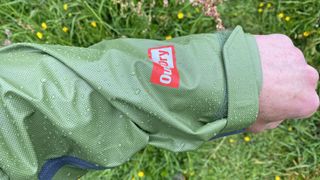
(Image credit: Pat Kinsella)
Inside Out
Behind the development of ODX, there was a lot more lateral thinking going on. Up until this point, laminate waterproof jackets (and other pieces of technical apparel) had always positioned waterproof-breathable membranes on the inside of garments, or sandwiched between an outer shell and an inner layer. And that works – albeit better in some conditions (alpine) than others (humid) – but there are several problems with this approach.
Sign up to the T3 newsletter for smarter living straight to your inbox
Get all the latest news, reviews, deals and buying guides on gorgeous tech, home and active products from the T3 experts
The outer layer of such products has to be coated with a ‘durable water repellency’ (DWR) treatment so water beads up and rolls off instead of sinking in and soaking the material. Even with good DWR, the exterior fabric of jackets can and will ‘wet out’ (become sodden) when subjected to sustained downpours because the kinetic energy of rainfall eventually forces moisture into the yarn.
When the outer wets out, a good membrane still stops water from getting through, but a drenched outer can make the wearer feel cold, and it also seriously impacts the breathability of the garment. For a jacket to be really breathable, there has to be less humidity on the outside of the jacket than the inside, and the disparity draws the moisture vapour through the tiny holes in the membrane, allowing your body to breathe – if the outside material wets out, it has 100% humidity and the garment is longer capable of breathing, so you can end up damp on the inside too.
In 2016, Columbia came up with a solution to this problem: “We thought, why are we putting the membrane on the inside?” recalls Haskell Beckham, who was working as a consultant to Columbia at the time. “Let’s flip it around and put it on the outside – it could work!”
(Image credit: Columbia)

(Image credit: Columbia)
And it did work. The new design meant DWR treatments were not required, because the membrane was on the outside and it was hydrophobic, so rain just bounced off it. It didn’t wet out, so it remained breathable no matter how torrential the conditions.
In fact, it could be extra breathable because when the person wearing the jacket perspired, Colombia used a wicking material on the inside of many of their jackets, so instead of moisture having to immediately work its way through a membrane, it was more evenly distributed from high sweat areas across the garment and dissipated away from the body.
Beckham tells me that in lab tests that replicate the real physiology of the human body, such as theUpright Cup Test[external link], ODX scored results that were: “At least comparable, if not better [than the other breathable-waterproof technologies on the market], but where it really wins is in terms of waterproofing.”
“If you do a typicalhydrostatic headtest, you get a really high score with that, but the test we prefer to do is the Bundesmann test because it really replicates what the fabric is going to be exposed to, which is falling raindrops… Any test done in rain reveals ODX mesh does really well when it comes to waterproofing.”
(Image credit: Columbia)
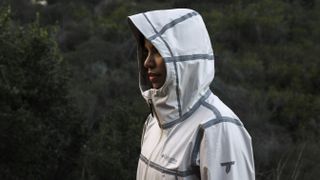
(Image credit: Columbia)
Planet positive
Respect for the tech came not only as a result of its high performance, but also because no DWR treatment was required, and therefore no PFCs were being used, and these ‘forever chemicals’ were already being recognised as being very bad for the planet – which is whyGore-Tex has recently had to re-invent their membrane, moving away from ePTFE and launching ePE materials.
“Columbia was leading the industry,” explains Beckham. And the planet-friendly aspects of the material went deeper than the absence of DWR. “There are a lot of inherently more sustainable attributes about ODX compared to regular waterproof breathable constructions.
Because pigments are used in the membrane on the outside, no water is used for colouration. And it’s easy to clean – if you’re out hiking in a storm, getting muddy, you can just wipe it off, so you don’t need to launder the jacket so often. This means it will last longer and is more eco-friendly and sustainable.
“The tech quickly evolved. We went full eco with a version we called Outdoor Extreme Eco in 2017, where we used recycled trims recycled fabrics, did the whole lifecycle analysis and figured out what reductions we got. ODX won lots of awards.”
(Image credit: Pat Kinsella)
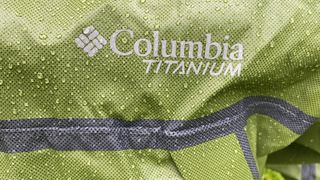
(Image credit: Pat Kinsella)
Turning the technology inside out wasn’t, of course, without its challenges – otherwise, it presumably would have been made that way from the outset. “The problem is that being on the outer [a membrane] is open to more easily being damaged in use,” textile expertCharles Ross[external link] explains. “Plus, some membranes are not so UV stable, so they’re weakened with exposure to sunlight.”
Columbia took an innovative approach to these issues. “The surface of the [ODX] membrane has a very special grid abrasion-resistant coating,” Beckham says. “US-patented, this still allows for breathability, but a high solids content grid print helps with abrasion.
It’s such an unusual construction we developed customised hydro abrasion tests, basically aMartindale abrasion test[external link] in the presence of water. And we combined this with wear-testing and field-testing, where we got it on people and sent them out into the forest, rubbing up against trees and going through brush and stuff.”
He admits that it might be possible to puncture the shell if you were to do something very unwise such as run through a briar patch, but confirms that ODX is built to withstand most things and points to the overwhelming benefits of the material never wetting out.
Shiny when wet. (Also shiny when not wet.)(Image credit: Pat Kinsella)

Shiny when wet. (Also shiny when not wet.)
Shiny when wet. (Also shiny when not wet.)
(Image credit: Pat Kinsella)
Face value
But there was a bigger issue. Although it worked beautifully, and was better for the planet, OutDry Extreme, with its toughened external membrane, had a shiny, glossy finish that did not go down well with consumers. People just didn’t buy it.
“The main problem is the visage,” confirms Ross. “No matter how technical a garment is, if a person can not see themselves wearing it…no sale. Aesthetic is the single most important factor to securing or blocking the sale.”
Beckham knows this only too well. “When we launched ODX, we thought it would change the world, and that obviously hasn’t happened,” he tells me, ruefully. ‘I thought it would have taken off in Europe, honestly before the U.S., but it hasn’t. European consumers are constantly talking about how important sustainability is to them, but sometimes there is a disconnect between what consumers say they will do, and what they actually do.
“It looks different. With the membrane on outside, it does look to some consumers – or maybe to most consumers – like the old rubber raincoats. We believe one of the reasons it hasn’t been as widely adopted as we would have liked is because people look at it, and unless they’re professional or elite outdoors folk, or they have really dug into the research to figure out what it is, ODX doesn’t necessarily look breathable. Even though the data shows it is.”
(Image credit: Columbia)

(Image credit: Columbia)
Second coming – ODX mark 2
Despite initially disappointing uptake, Colombia kept the faith, and ODX has remained in their line ever since it was launched, on the apparel side at least (it was pulled from footwear). And now there are now two very good reasons why this ideas time might finally have arrived.
Firstly, because of mounting environmental concerns, PFAS-products (including most traditional DWRs) are being regulated right out of production across the planet (starting with the states of California and New York, but with Europe next). This has created a conundrum for many brands, whose apparel was reliant on the performance of a DWR on the outer fabric of their products, unlike ODX, which doesn’t require the use of DWRs at all.
But secondly, and very importantly, in the spring of 2025, Columbia is launching a new, much-evolved version of ODX that is – shall we say – a lot less shiny and glossy. And Beckham believes that this will be a game changer.
“If the original Gore-Tex structure invented back in the 1970s had been sufficiently tough enough to put on the outside of the fabric, everyone would be wearing membrane-outside structures nowadays,” he laughs. “Now we have a second opportunity to teach people that this is really the way that waterproof breathables ought to be constructed.”
I’m looking forward to trying the new gear out, in the worst conditions I can find. I’ll let you know how I get on – watch this space.
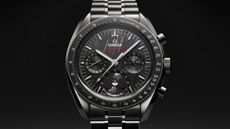
OMEGA puts the moon on your wrist with its new Speedmaster Moonphase MeteoriteOMEGA adds two new Moonphase Meteorite watches to its Speedmaster line-up
OMEGA adds two new Moonphase Meteorite watches to its Speedmaster line-up

There’s an amazing money-off deal on Samsung Galaxy S25 alreadyGet £50 / $50 off a new Samsung Galaxy S25 when you register your interest
Get £50 / $50 off a new Samsung Galaxy S25 when you register your interest

Change my mind: the smaller, the better with portable power stationsPut your portable power station to work when you’re not using it
Put your portable power station to work when you’re not using it
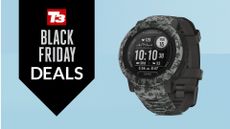
This rugged adventure Garmin is mega cheap in Walmart’s Black Friday saleThe Instinct 2 is a top watch for outdoor and sport enthusiasts
The Instinct 2 is a top watch for outdoor and sport enthusiasts

YETI’s best-selling products are ridiculously cheap in Amazon’s Black Friday saleFancy yourself a tumbler, rambler or cooler? Amazon’s reduced them all
Fancy yourself a tumbler, rambler or cooler? Amazon’s reduced them all

Knee pain when hiking? Try these four helpful hacks from a strength coachThere’s no need to hang up your hiking boots just yet
There’s no need to hang up your hiking boots just yet

Feeling cold on your winter hike? An outdoor expert says you’re making this mistakeApparently it’s common with ‘first-time hikers’
Apparently it’s common with ‘first-time hikers’

5 gadgets you need for your fastpacking adventure, according to an outdoor expertIf you aren’t taking these out for a fastpack, then it’s time too!
If you aren’t taking these out for a fastpack, then it’s time too!

What’s fastpacking: the adventure sport that lets you go further, faster, and lighter on the trailsTrail running meets backpacking for one epic adventure
Trail running meets backpacking for one epic adventure

Columbia Wyldwood Waterproof Hiking Shell review: the most waterproof (and shiny) jacket I’ve ever wornIt might not have the matt finish most people expect from a jacket, but the Wyldwood really shines when it comes to protecting you from wet and windy weather
It might not have the matt finish most people expect from a jacket, but the Wyldwood really shines when it comes to protecting you from wet and windy weather